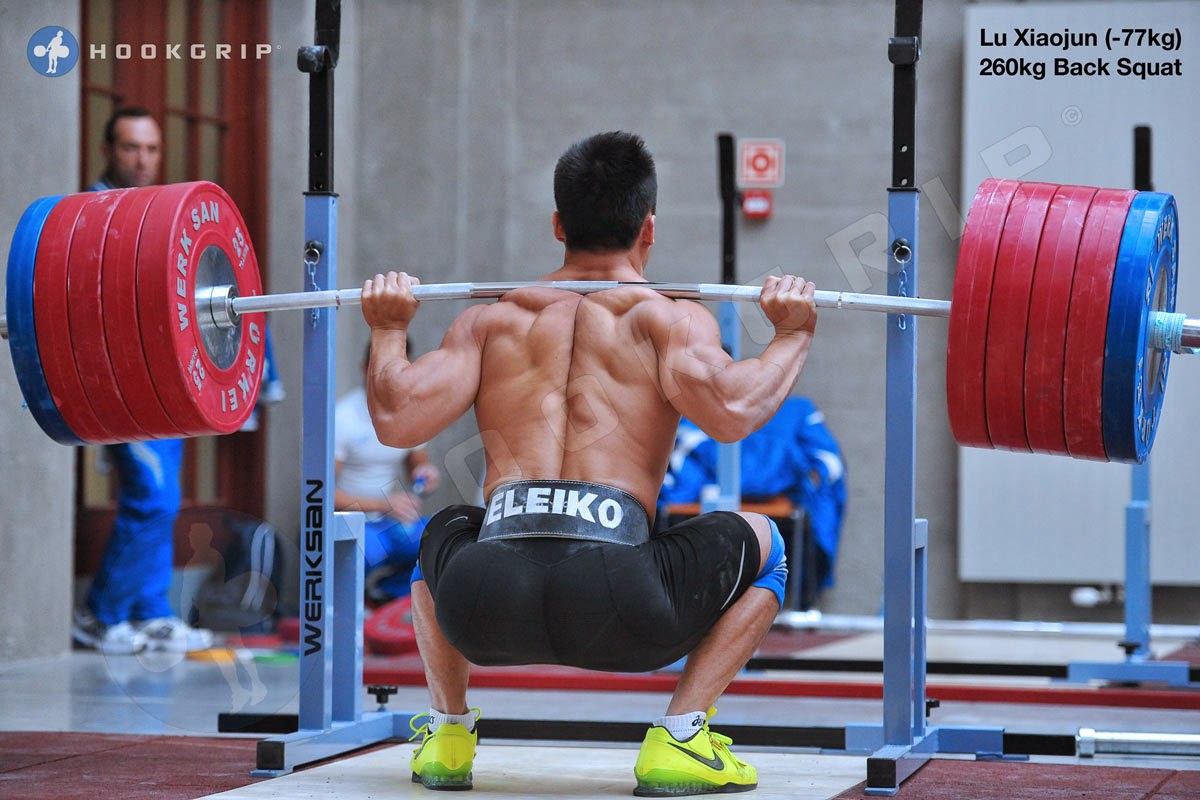I'm a musician.
When I took lessons from one teacher, I followed that teacher's instructions to the best of my ability. When I switched teachers because I moved to another city, I followed my new teacher's instructions, even though they were quite different, to the best of my ability. At no time did I think I knew better than my teachers - I studied with them because I trusted them and I trusted the approach they'd decided to use. I knew there were other ways, but I wanted to learn the way my teacher at the time taught.
As a student, I trust that the way we at StrongFirst teach the swing is good for my life and for my athletic activities. For me, it doesn't go further than that. I did try another approach for about six months - this was about 12 years ago. It didn't work for me - I got injured.
There are a lot of considerations that go into what we teach and how we teach it at StrongFirst, some of which I know and some of which I don't. I like our "inch wide, mile deep" approach - it has served me well since I first read "Power To The People!" in 2001.
In one of Pavel's books he quotes a Russian as saying, "Understanding is just a delaying tactic." Take that for what it's worth - a joke of sorts, yes, but some understanding only comes through doing, and doing at a fairly high level at that. I don't completely understand why a hard style swing is "better" because, at the end of the day, I can't say it's "better" for everyone, all the time, but it has proven better for my purposes, and it has proven to be very good for our students. Other approaches have yielded results for other people - if anyone wishes to try another approach, they are free to do so. It's Strong_First, not Strong Only, and not "it's my way or the highway."
To bring this post back to the subject of the thread: At StrongFirst, our teaching continues to evolve, and the "shins must remain vertical" aspect has been tempered with the recognition that a good, athletic stance with a heavy weight means the shins won't be completely vertical. But that doesn't change the teaching point - beginners need to try to keep their shins vertical because they aren't able to fully engage their hips in their swings unless they try to follow this cue. Some cues aren't intended to produce a literal result - trying to wedge yourself between the bar and the ground when you deadlift doesn't mean that will happen, but thinking it makes good things happen. Trying to keep your shins vertical - trying not to have a squatty swing - is for many people, an important step in their journey to increased strength, health, and athleticism.
Just my opinion. Your mileage may vary.
-S-

